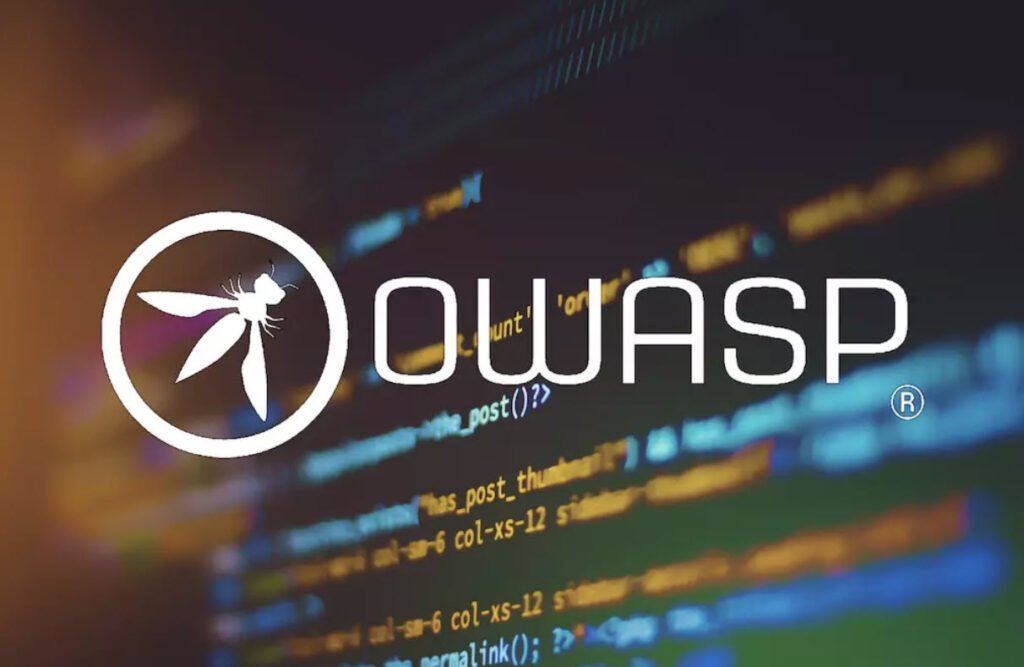In today’s digital landscape, robust and comprehensive logging is essential for detecting and responding to security incidents effectively. The Open Web Application Security Project (OWASP) is at the forefront of promoting best practices for web application security. As part of their efforts, OWASP emphasizes the importance of logging critical event attributes that can significantly contribute to the detection and mitigation of cybersecurity threats.
In this article, we will explore OWASP’s recommended event attributes for logging and understand how they bolster the security posture of applications and systems.
- Secondary Time Source (e.g., GPS) Event Date and Time
- Action
- Object
- Result Status
- Reason
- HTTP Status Code (Web Applications Only)
- Request HTTP Headers or HTTP User Agent (Web Applications Only)
- User Type Classification
- Analytical Confidence in Event Detection
- Responses Seen by the User and/or Taken by the Application
- Extended Details
- Internal and External Classifications
1. Secondary Time Source (e.g., GPS) Event Date and Time
Logging the date and time of events is standard practice. However, to add an extra layer of reliability and accuracy, OWASP suggests including a secondary time source, such as GPS, especially in scenarios where the primary time source might be vulnerable to tampering or manipulation. This attribute ensures that the recorded timestamps remain dependable and trustworthy for forensic analysis and compliance audits.
2. Action
Recording the original intended purpose of each request is vital for understanding the context of events. Actions could include various user activities like logging in, refreshing session IDs, logging out, updating profiles, or performing specific operations within the application. By logging these actions, security teams gain valuable insights into user behaviors and can identify any anomalous or suspicious activities.
3. Object
The “Object” attribute identifies the affected component or resource involved in each event. This can encompass various entities like user accounts, data resources, files, URLs, or session IDs. By associating events with specific objects, security analysts can trace the flow of actions and quickly pinpoint the source of security incidents or data breaches.
4. Result Status
The result status indicates whether the intended action was successful or not. Common status values include “Success,” “Fail,” or “Defer.” Understanding the outcome of each event allows security teams to prioritize incidents and take immediate action against failed or malicious activities.
5. Reason
The “Reason” attribute provides valuable context by explaining why a particular status occurred. For instance, if an action resulted in failure, the reason might be a user not being authenticated in the database or incorrect login credentials. This insight enables security analysts to comprehend the root cause of issues and implement appropriate remediation measures.
6. HTTP Status Code (Web Applications Only)
For web applications, logging the HTTP status code returned to users is crucial. Common status codes like 200 (OK) or 301 (Moved Permanently) can provide early indications of potential issues, such as broken links or redirection attempts.
7. Request HTTP Headers or HTTP User Agent (Web Applications Only)
Including the HTTP headers or User Agent in logs can be instrumental in identifying anomalies or potential attacks. Suspicious or malformed requests can be detected based on these attributes, helping security teams to take timely action.
8. User Type Classification
User type classification labels each user’s role or category, such as “public,” “authenticated user,” “CMS user,” “search engine,” “authorized penetration tester,” or “uptime monitor.” This classification aids in differentiating legitimate user activities from those of potential threats and helps prioritize event analysis and response.
9. Analytical Confidence in Event Detection
Assigning a confidence level to each detected event (e.g., low, medium, high) or using a numeric value allows security teams to focus on events with higher impact or probability of being malicious. This prioritization ensures that limited resources are efficiently allocated to mitigate the most significant threats.
10. Responses Seen by the User and/or Taken by the Application
Logging the responses seen by users and those taken by the application can be invaluable for understanding the aftermath of an event. It includes details such as status codes, custom text messages, session termination, and alerts sent to administrators. These details provide a comprehensive view of how the system reacted to specific actions.
11. Extended Details
Including extended details in logs, such as stack traces, system error messages, debug information, HTTP request body, and HTTP response headers and body, facilitates in-depth analysis during incident response. These details aid in understanding the nature and scope of security incidents, making it easier to implement appropriate countermeasures.
12. Internal and External Classifications
Internal classifications can include references to responsibility and compliance standards, helping organizations map events to specific internal policies or regulations. External classifications, such as NIST’s Security Content Automation Protocol (SCAP) or MITRE’s Common Attack Pattern Enumeration and Classification (CAPEC), assist in identifying attacks based on known patterns and tactics.
Conclusion
Logging is a crucial aspect of cybersecurity, providing a trail of events that can help security teams detect, analyze, and respond to threats effectively. By adhering to OWASP’s recommendations and including the listed event attributes in their logs, organizations can enhance their incident detection capabilities, improve incident response times, and strengthen the overall security posture of their applications and systems.
Comprehensive logging, coupled with proactive monitoring and analysis, is key to staying one step ahead of cyber adversaries and safeguarding critical assets and data.



